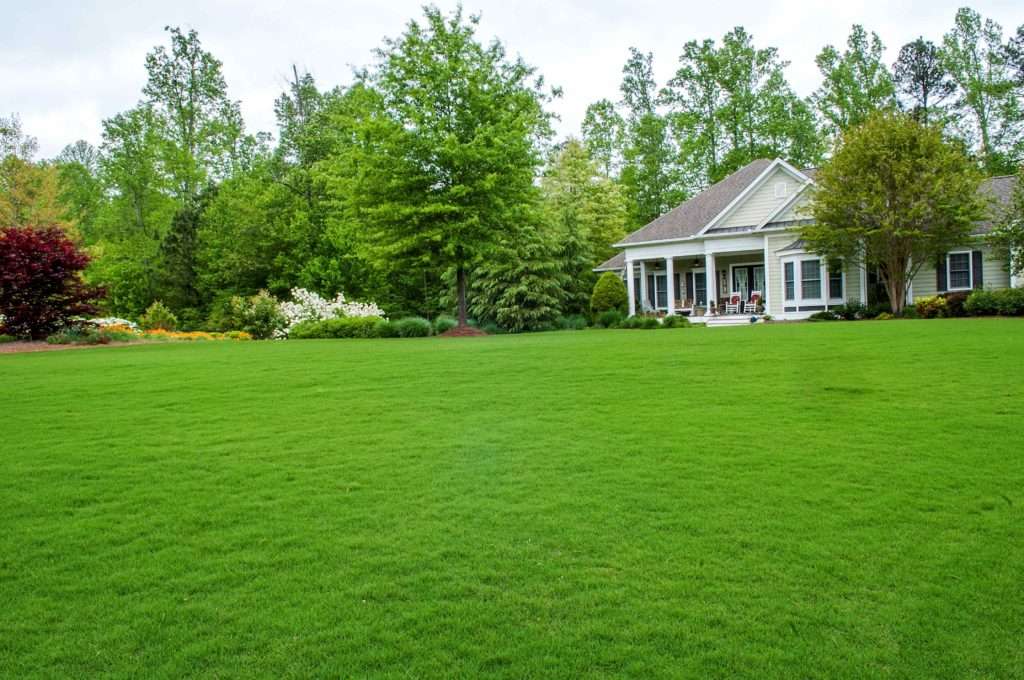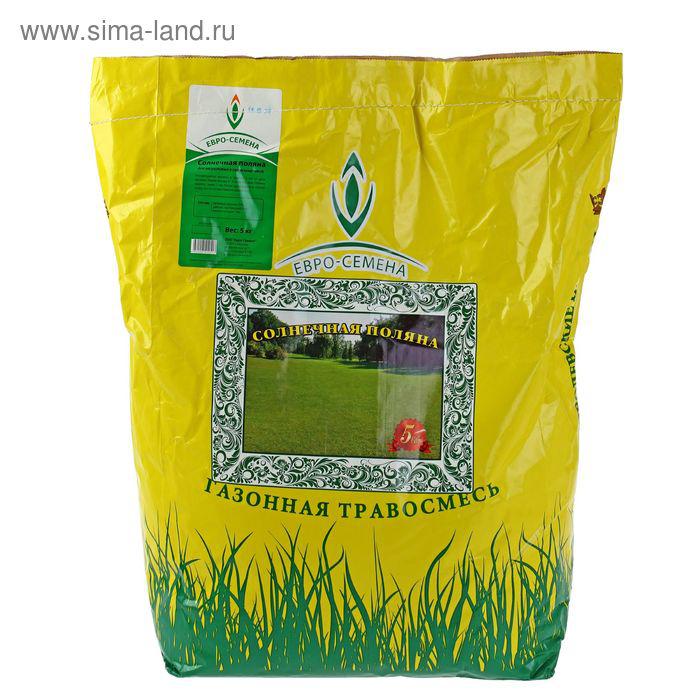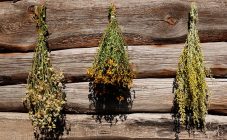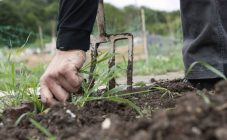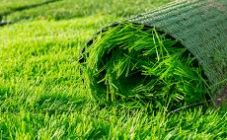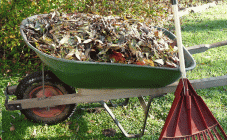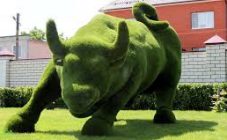Content:
The lawn grass mixture, unlike ordinary plants, is resistant to mechanical damage, well suited for children's games and holidays. A properly selected and grown lawn is pleasant to walk on.
Vegetation cover functions:
- Retaining dust and dirt. The area of vegetation easily traps a huge amount of dust. It also destroys bacteria that are carried along with the dust;
- Give off large amounts of oxygen;
- Noise suppression. The uneven shape of the cover ensures a constant decrease in the overall level of noise, which is not able to spread over the dense grass and passes into frequencies inaudible to humans;
- At high average daily temperatures in summer, it perfectly protects the soil from dehydration and drought.
However, the lawn takes a long time to sow, grow and care. Correct sowing, with preliminary preparation of the land and the calculated consumption of seeds per 1 m2 of area, will provide a fairly even cover, which will delight the owners and guests for a long time. Conversely, too much grass seed or mixture of grass on the plot will severely deplete nutrients, resulting in many poor seedlings. A dense lawn that is formed by weak shoots will be easily trampled and easily filled with weeds.
How to calculate how many seeds you need to create a lawn on a site
There are many online calculators that allow you to calculate the rate per square meter or per hundred square meters of soil. For self-calculation, you can use the following formula for calculating the costs of grass mixtures per 1m2:
- Where N is the normal weight for each specific type of lawn;
- n - calculation of the normal number of individual plant species for sowing, calculated in kilograms per hectare;
- p is the total number of specific seeds of this species in the total mass of the grass mixture (in percent);
- D is the total percentage of seeds that are fit for growth (percentage of germinated to non-emerged seeds);
In most cases, the standard consumption of grass mixture seeds for growing per square meter will be from 30 to 50 grams. It also takes into account the type of soil. Light soils, for example, chernozem with a large amount of mineral substances, will require less consumption of lawn grass seeds per 1 m2 for growth. Conversely, heavy soil will require much more mixtures to grow.
What affects the number / weight of seeds for planting
The factors affecting the estimate for planting include the presence or absence of weeds that enter into interspecific competition. If the lawn is a single grass seed rather than a mixture of grass, weeds will germinate from seeds added to the package as an admixture, or from roots or seeds left over after cleaning the soil.With the advent of such crops, the amount of nutrients for the green canopy will be significantly reduced, which will lead to a decrease in growth rates, seed germination and overall appearance. In addition, tall weeds that break through from under an even green lawn spoil the whole picture very much.
When planting, to calculate how many lawn seeds are needed per 1 m2, the percentage of growth is also taken into account. The indicator is usually printed on the packaging by the manufacturer. The possible percentage of seeds dying in the first few days after planting is also taken into account. When forming a lawn, the goal remains the same - the formation of a uniform grass cover.
In calculating what will be the consumption of grass for the lawn per 1m2, it is necessary to take into account the correction for the dependence on the percentage of growth of the purchased seeds. You should not buy packages with a germination rate of up to 75%. Also, it is undesirable to purchase too old packages.
Seed selection based on the type of lawn
The characteristics necessary for each type of lawn grasses necessarily include the composition of perennial plants. Seed grasses must have the following characteristics:
- Frost resistance;
- Aesthetics;
- Strong root system;
- Ability to reproduce from shoots or leaves;
- Ability to feed on minerals;
Lawn quality and which grasses affect lawn quality
The quality of the lawn depends entirely on several factors:
- Composition of plant materials. Fescue and bluegrass are well suited for planting. Moreover, the amount of the latter greatly affects the quality of the lawn. The plant has a low growth rate, strong root system and takes root well in temperate climates. Up to 30% of bluegrass seeds are considered the norm for vegetation;
- Soil preparation. Correctly cleaned soil, without irregularities, stones and cobblestones, will allow the lawn to grow evenly. It is necessary to level the soil, get rid of all debris and, if possible, form a slight slope from the center of the site to the edge;
- The drainage system also affects germination and quality. Too much moisture can lead to many fungal diseases or rust.
- Seed consumption per square meter is also an important factor. Too sparse and dense lawn will not be able to resist environmental conditions and trampling;
- Watering. Irrigation is one of the main factors in ensuring its longevity. You need to water every day, under a slight pressure. The optimal time for watering is morning;
Seeding rates in grass mixtures
Before planting, you need to decide whether the lawn will be formed from one grass or from a mixture of various herbs. Lawn consumption per m2 in these cases will be very different.
You also need to decide on the purpose of sowing. It can be:
- Planting branded herbal mixtures for football stadiums, suburban areas, atypical climatic zones;
- Professional grass mixtures, decorative slow-growing grasses, resistant to trampling and shade;
- A mixture of grasses for pastures (for farms and farms for raising animals);
- Grass mixtures for hydroseeding;
The sowing rate of the grass mixture is measured in grams per square meter. When growing in areas with unsuitable conditions, the volume of plant materials must be greatly increased.
The main types and consumption of lawn grass per 1 m2:
- Bluegrass - lawn seed consumption per 1 m2: 25g / m2;
- Fescue - from 25 to 30g / m2;
- Ryegrass - 30-35g / m2;
Useful Information About Lawn Grass Seeds
Planting rates are such only when properly planted at a suitable depth and followed by proper care. The optimal planting depth varies from 0.8 to 1 cm according to the standard. In this case, after filling the seeds of the lawn grass mixture into the ground, you should try not to walk on this site for the next two weeks.At the first shoots, depending on the type of grass, it will be necessary to water the area with the lawn.
Covering a plot with a lawn is a long and difficult process. Before starting, you need to accurately figure out the size of the plot and calculate the amount of grass mixture for planting. Next, you need to choose a quality mixture. Packages that are packaged no more than 2 years ago, in the absence of odor or moisture, are considered to be of good quality. Next, you need to prepare the soil for planting. Be sure to level the ground and remove all debris. Otherwise, the vegetation will grow unevenly. It is also advisable to take care of removing weeds from the site. Otherwise, the weeds will absorb most of the nutrients, which will prevent the growth of a green canopy. The consumption of grass mixture per 1 m2 must be selected taking into account the quality of the soil, fertilization and illumination. In this case, high-quality vegetation will grow.
